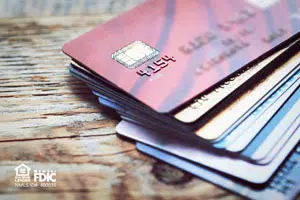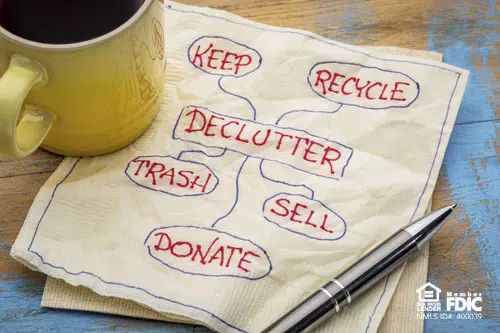Around the holidays, many people get into financial problems, using credit cards to buy presents and go on trips. According to a 2023 Achieve survey, half of American consumers will take on debt to pay for the holidays, including 37% who believe paying off their bills will take two or more months. That can be a lot to put on top of your monthly expenses, and if you already have a substantial balance on your cards, you may be ending the year deep in a hole of debt. If you need to get on a path to fixing your credit card debt in 2025, here are five steps to get you started:
Step 1: Track everything you owe
Make a list of every credit card you have that carries a balance, what that balance is, and what the interest rates are. Write down every car payment, student loan, or mortgage you have to get an actual number for the debt you owe. It might be stressful, but without knowing it, you will not be able to make a real plan of attack to tackle your financial goals.
Step 2: Target one debt at a time
When you look at the big picture, debt can seem overwhelming. Break it down into small, doable goals. Take on one credit card at a time, starting with the highest interest rate. After you pay off one card, it's a good idea to take all the money you were putting toward that card and apply it to the next card. This will accelerate the payoff and reduce interest costs.
Step 3: Consolidate credit
If you have several credit cards with high-interest balances, try consolidating this debt into a lower rate. This will allow you to pay it down faster with lower monthly interest rates. Look for low-balance transfer offers or call your credit card company to see what kind of lower-interest-rate payment plan you could make.
Step 4: Pay more than the minimum payments
Pay as much as you can each month towards your credit card balances. It will generally take longer to reach financial freedom if you pay only the minimum.
Step 5: Maintain consistency
Now that all debts are accounted for and at favorable interest rates, be extra diligent about not missing a payment and avoiding late charges and penalties that can slow down the payoff process.
These five steps can help you regain credit freedom and control spending. To help you move forward, consider using a debit card for purchases instead of a credit card. Many banks have apps that allow you to set custom spending limits and send alerts when you exceed those limits. For more information, contact the experts at NASB at 800-677-6272 or click here.
This blog's content is for informational purposes only. The list mentioned above is not intended to be all-inclusive. NASB is not a credit counseling service, nor do we provide debt counseling or consolidation services.




